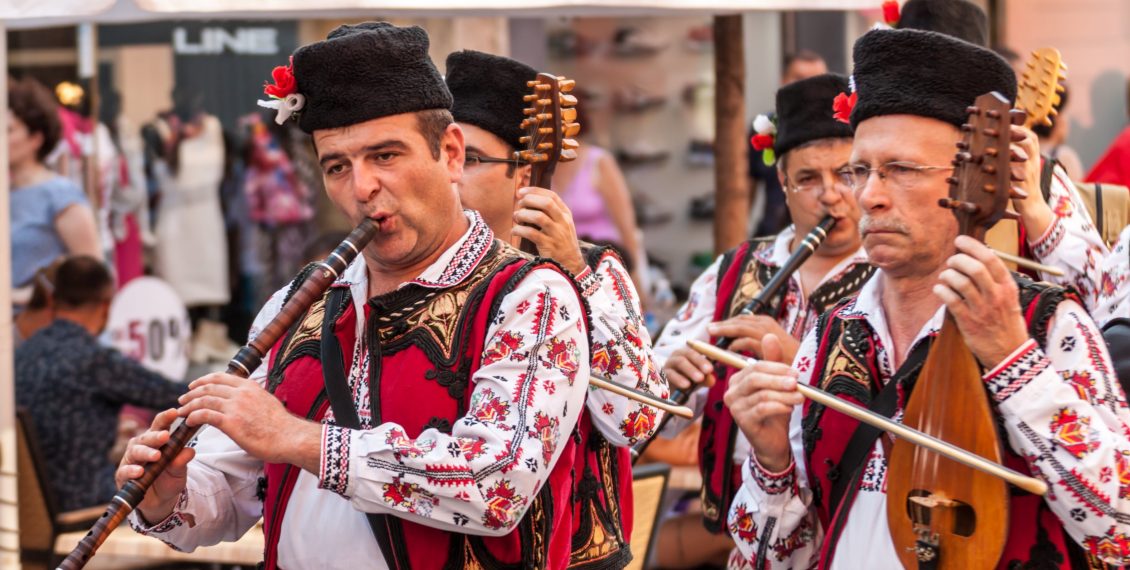🎤Ethno Music Blog
FOLKLORE AND FOLKLORISTICS
One of the most important sources of material for ethnographic research is folklore. The word folklore is English. It is formed from two nouns: folk, and lore-wisdom, knowledge. Literally, folklore means folk wisdom, folk knowledge, folk wits. Today, folklore refers to works of folk art and, in a narrower sense, to works of folk poetry, music and dance. In order to remain faithful to a tradition bequeathed to us by our first ethnographers and folklorists, we shall continue to use the term 'folk music'.

To confine ethnography only to the field of primitive and semi-civilized peoples is quite artificial, and often tendentious, for a strict line cannot be drawn between savage and domestic, between barbaric and cultured, between primitive and civilized peoples. Many oppressed modern peoples, whom the colonial policy of the conquerors wants to represent as savage, barbaric, primitive, and semi-civilized, are the bearers of a culture much older than the European one, but which has developed in a different direction from that in which the economic and technical progress of the so-called modern "civilized" peoples is developing. For example, the people of Cambodia have created an unsurpassed dance culture, the ancient Hindus have created a very high linguistic and musical culture.
One cannot deny the right of a science or its representatives to engage in scientific research, to make observations, comparisons, conclusions and generalizations, to search for patterns. To deny to ethnography the right to engage in all these things and to reduce it to the position of a merely descriptive discipline is tantamount to liquidating it# as a science altogether.
It is also unnatural to divide cultural goods - the "fruits of civilization" - into material and spiritual, since very often the products of thought and imagination are determined by material factors, and, on the other hand, in a seemingly purely material work of art (or culture), such as a statue by Praxiteles or a cathedral of the Gothic period, there is embedded some artistic image, some aesthetic, philosophical or religious idea.
Read more in related posts and on these resources: